Last updated on 2025-10-26
A review and sample photos taken using the CONTAX G HOLOGON T* 16mm with the CONTAX G2.
- Please see the disclaimer regarding advertising here.
- Italicized links in the text are advertisement links that take you to other sites.
Table of contents
Gallery
- The example photos were taken with a CONTAX G2 + FUJIFILM ASTIA 100.
Review

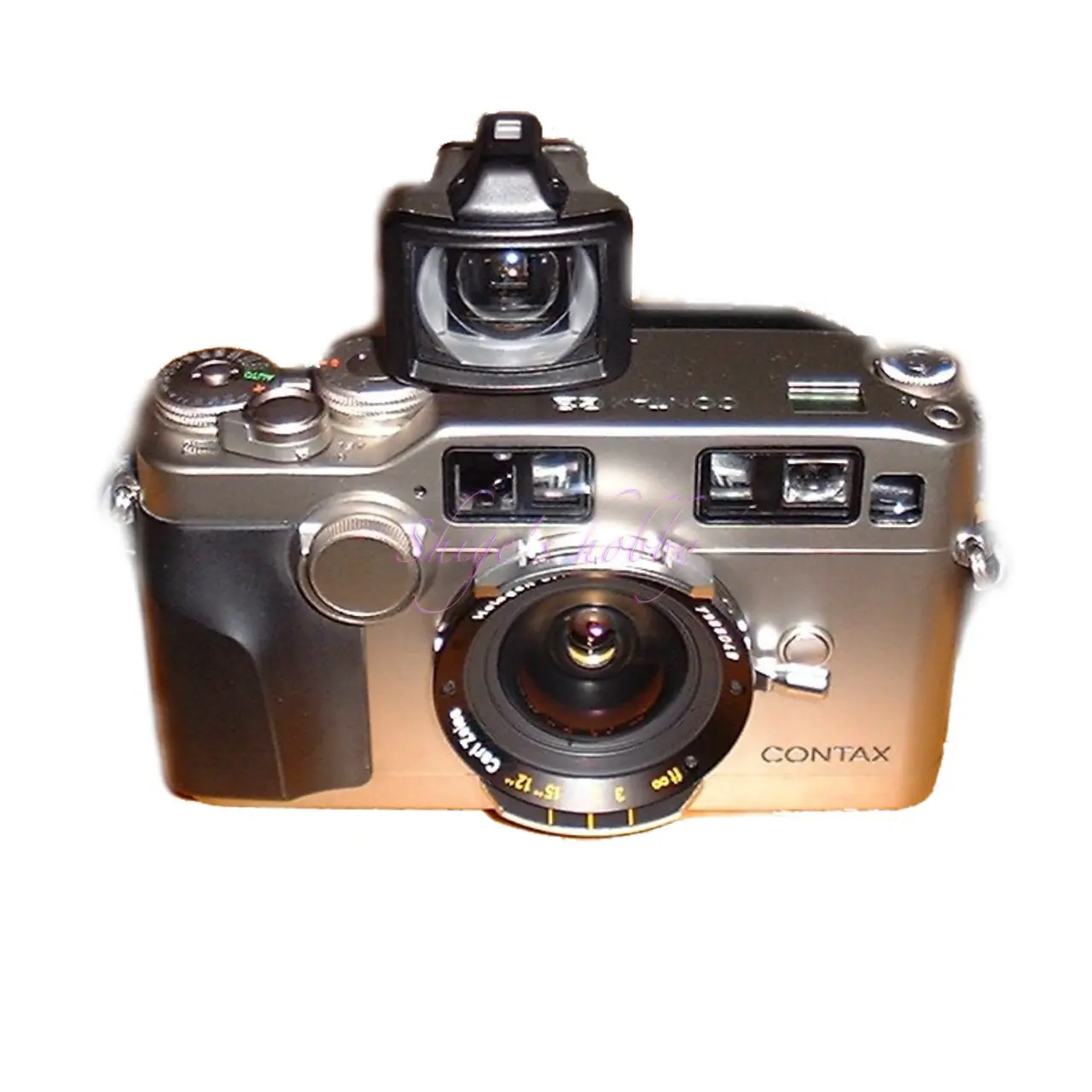
1.Overview
The CONTAX G HOLOGON T* 16mm is a manual focus lens for the CONTAX G released in 1994.
Its main specifications are a focal length of 16mm, a fixed maximum aperture of F=8, and a minimum shooting distance of 0.3m.
The four CONTAX G series lenses, which are prime lenses from 28mm to 90mm, and one zoom lens of 35-70, are made in Japan, but this lens is the only one that is “Made in Germany by Carl Zeiss.”
Because the periphery is extremely dimmed, a Gradation Filter 4X is included as standard to adjust the brightness of the screen. When this is attached, the brightness of the screen becomes more uniform to a certain extent, but the aperture value of F16 makes the lens quite dark.
2.Usability
I used the CONTAX G HOLOGON T* 16mm with the CONTAX G1 and G2. The lens’s unique shape is eye-catching in the camera section, so I used it as the title.
I once saw someone refer to this lens as the “eye of God,” so I used that for the title.
Focusing is done manually, and since the built-in viewfinders of the CONTAX G1 and CONTAX G2 do not have a 16mm frame, I check the composition with an external viewfinder.
There is no way to check the focus position, so I visually check the distance to the subject and adjust the focus ring to shoot roughly. Since it is dark at F8, you can take a photo with the subject in focus unless you are very close.
As you can see from the gallery, I hope you can feel the depth of expression in old film. I took 36 shots, and some of the photos had my fingers in them. When shooting with film, you can estimate the distance by eye, but unless you are very off, it will not be a bad photo.
With film cameras, when you open the back and lift the curtain, you find the lens guard really close to the edge, which can be a little scary.
When checking the composition through an external viewfinder, there is a misalignment between the actual lens and the viewfinder, so you may not notice that your fingers holding the camera are in the composition and take a picture, and your fingers may end up on the edge of the screen, so you need to be careful.
To prevent this, you can reduce the risk of your fingers being photographed by attaching a bottom grip and holding the camera.
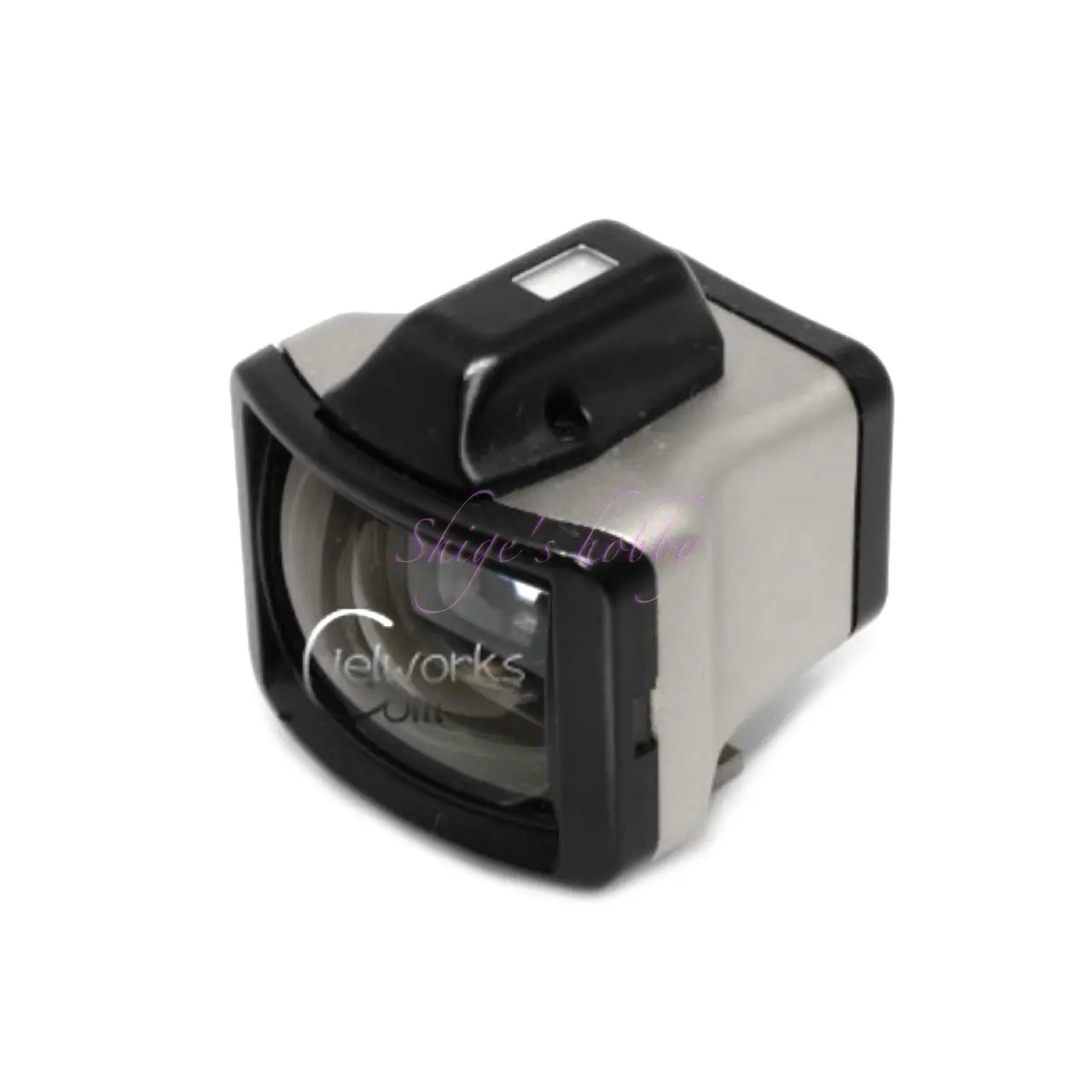
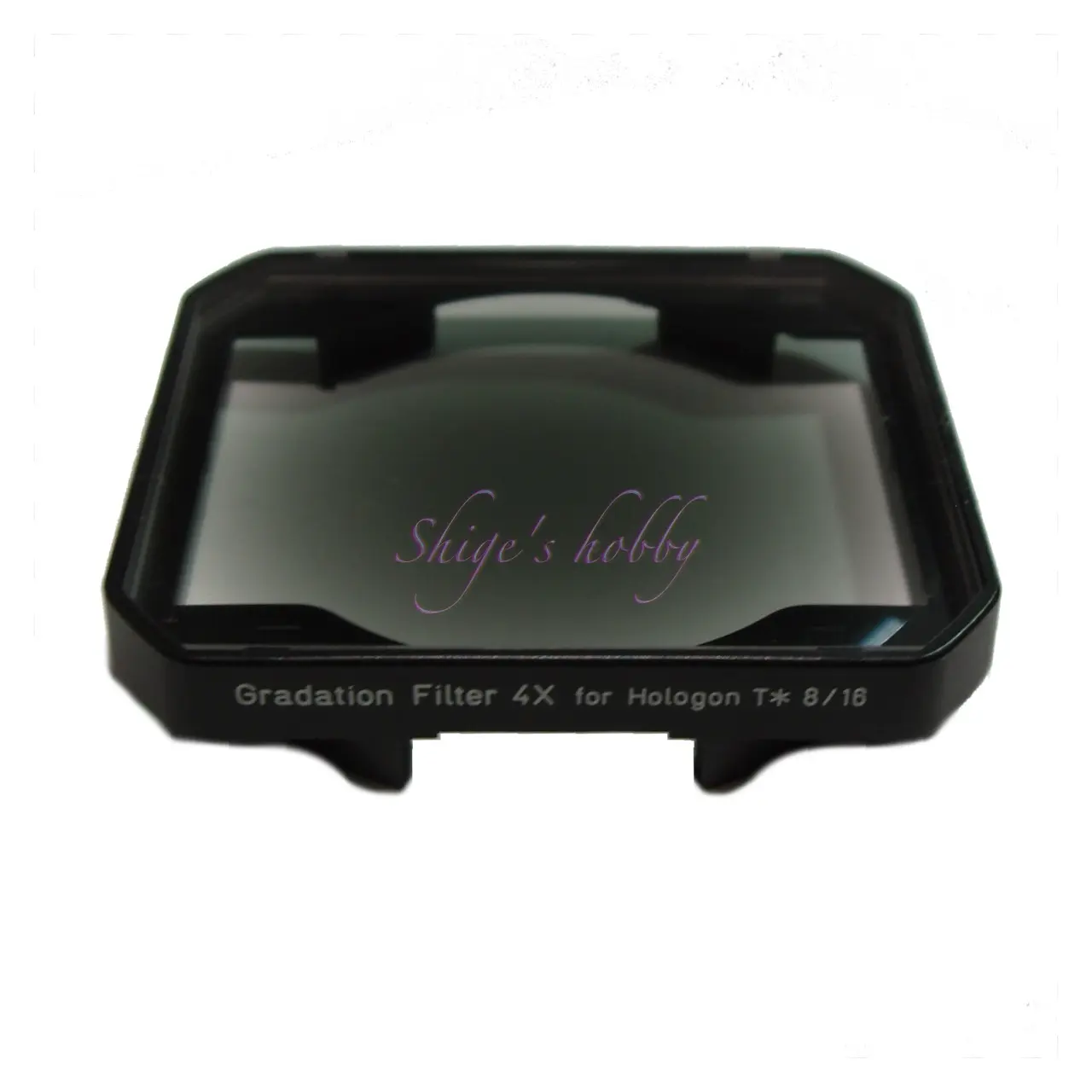
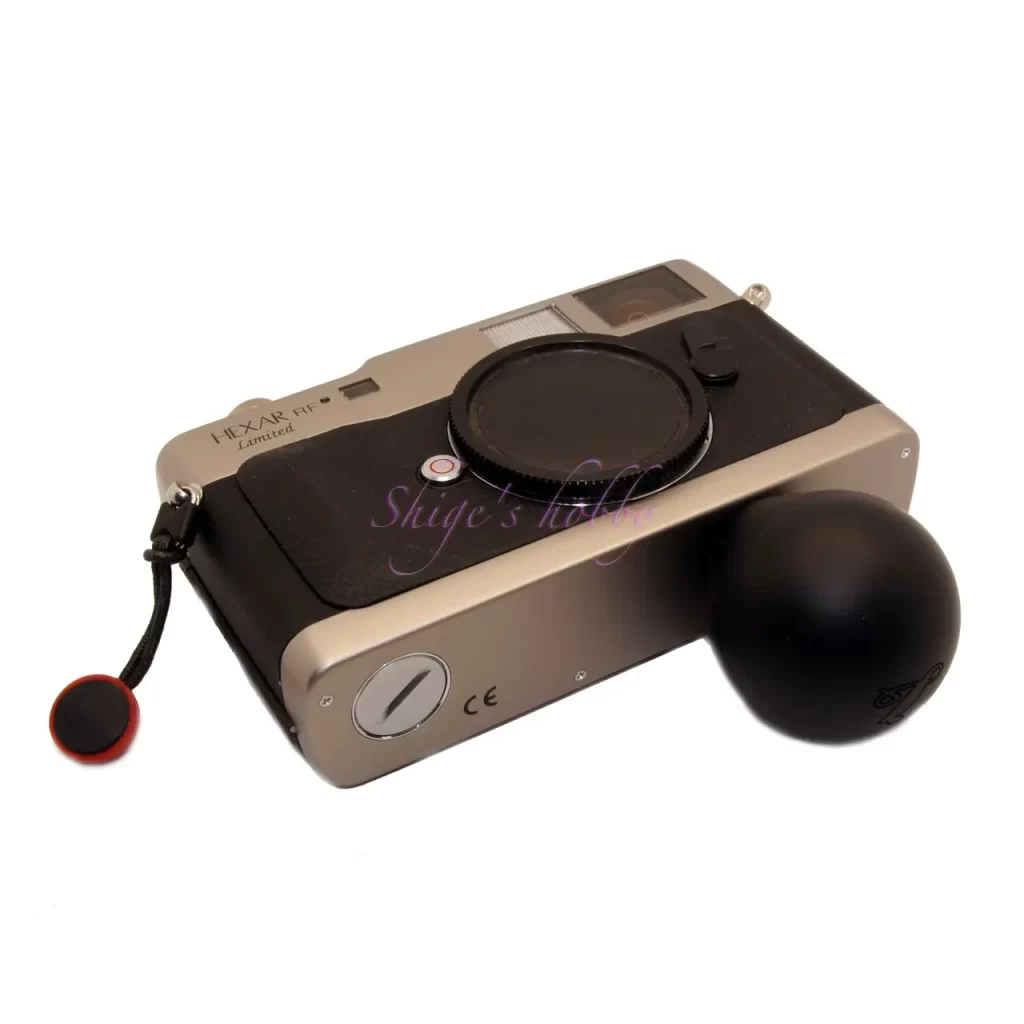
The Hologon 16mm is a lens that is disadvantageous for shutter curtain metering because the rear lens is very close to the film surface, but I did not get any satisfactory exposures when using TTL (Through the Lens) actual aperture metering (center-weighted average metering) with the original CONTAX G series body.
Due to its unique lens configuration, the Hologon was not suitable for digital sensors, but with the latest sensors of the 2020s, improvements in sensor technology seem to have made it suitable for cameras that have peripheral light reduction but produce noticeable color casts. If you are using an old 35mm full-frame sensor camera from the 2010s, this is not the case, so care should be taken.
Examples of lenses modified with Ms-optics are uploaded below, showing the results of shooting with a digital camera.
3.Summary
In conclusion, to sum up the CONTAX G HOLOGON T* 16mm, the advantage of using the CONTAX G series is that you can get the correct auto exposure, since you take advantage of the deep depth of field and shoot by eye.
To increase the lens’s uptime, it’s a good idea to switch to a LEICA M mount, but in that case, you’ll need to manually determine the shutter speed, as some cameras can’t meter correctly with auto exposure.
Specification and Competitor
The Hologon originated as a 15mm F8 lens with three elements in three groups that was attached to the Hologon Ultra Wide, a camera of the ZEISS IKON brand released in 1968. It was later sold as a standalone Leica M-mount lens “Hologon 15mm F8” in 1972 with the same lens configuration. The standalone lens sells for well over 1 million yen on the used market.
It is a reproduction of the Hologon 16mm for the Contax G, but the lens configuration has been changed to five elements in three groups, which is presumably the result of some consideration given to ease of manufacturing.
The first and second groups are glued together, and the lens I own has some peeling in the first group lens at the front.
As you can see from the lens configuration diagram, the glued front element is tricky, and I have seen several units that have peeled off, known as balsam breakage, and have air bubbles. It seems that it was previously repaired, but it is unclear now.
Repair Service Suwa, a repair shop specializing in CONTAX, will consult with you on lens repairs on a case-by-case basis, so if you have a lens that interests you, it might be worth considering.
The included viewfinder is a rare type with a spirit level, but the image appears distorted and it is not even remotely the best external viewfinder. When I was using it with a film camera, I used a Zeiss 15mm viewfinder or a Voigtlander angle finder (15mm attachment) to determine the frame.
Since we are in the heyday of EVFs, I will probably not use this often, and it is not very practical, so if it comes as a bonus, you’re lucky, but if it doesn’t come with the camera, there’s no need to go out of your way to get it.
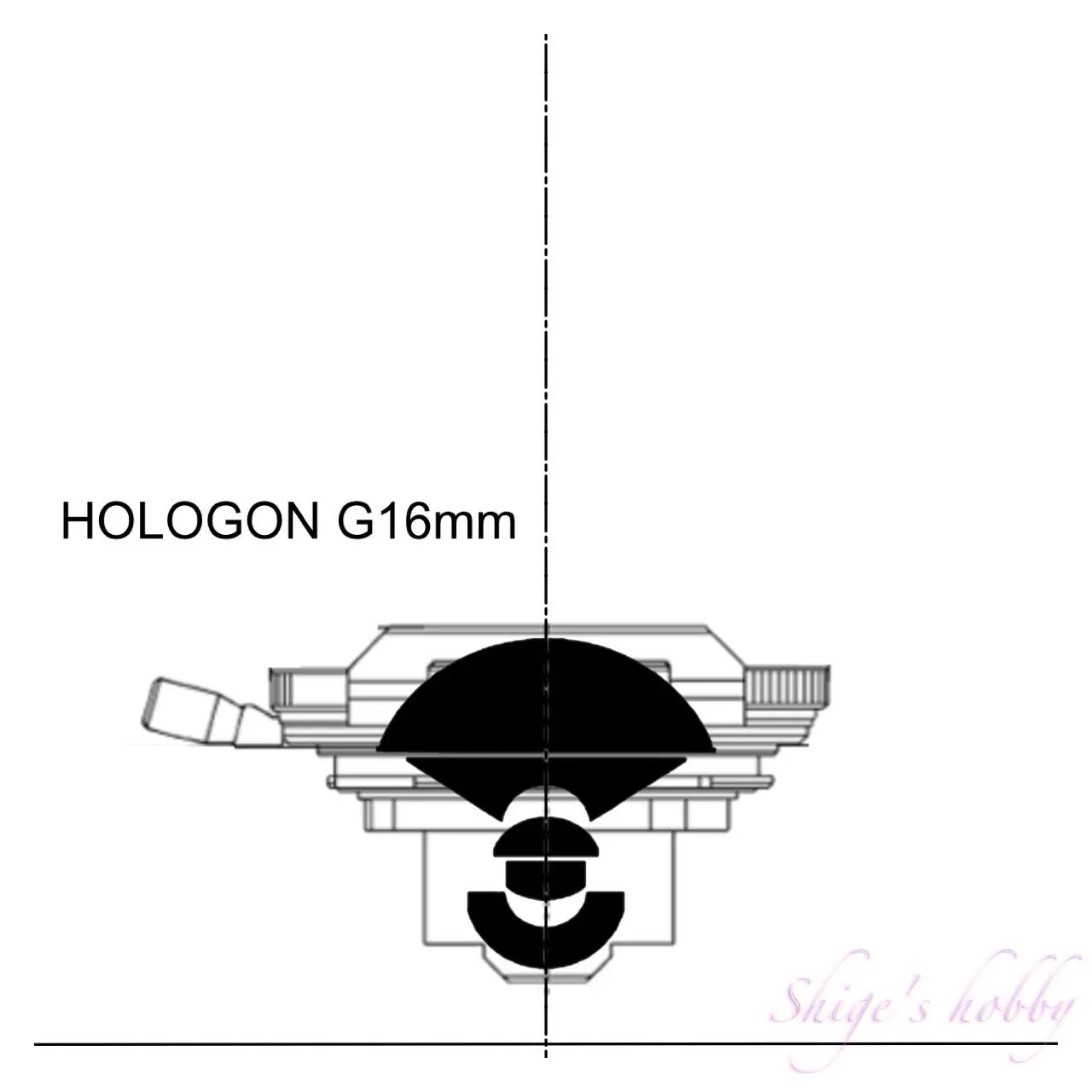

- The lens construction diagrams are quoted from each company’s materials, and the sizes have been adjusted by us, so they are not exact.
| Item | HOLOGON | HOLOGON |
| focal length(mm) | 16.5 | 15 |
| Maximum aperture | 8(fixed) | 8(fixed) |
| Minimum aperture | 16(+Filter) | 16(+Filter) |
| Leaf blade | – | – |
| Lens configuration | 5 elements in 3 groups | 3 elements in 3 groups |
| Minimum distance(m) | 0.3 | 0.2 |
| Lens length(mm) | 11 | – |
| Lens max diameter(mm) | 57 | – |
| Filter type | – Dedicated ND filter | – Dedicated ND filter |
| Weight(g) | 120 | – |
| Hood | なし | なし |
| Lens mount | CONTAX-G | ライカM |
| Release date | 1994 | 1972 |
| Price | ¥280,000 | ? |
Reference links
- Wikipedia’s explanation of the Contax G
- The Map Times [Old Lens Swamp] What is the Leica HOLOGON M15mm F8?
- Zeiss Photography Historical Products
- The CONTAX G lens data sheet is in the middle of the linked page.)
- CONTAX G HOLOGON 16mm Ms-optics modified lens・Shige’s hobby
- CONTAX G2・Shige’s hobby
- CONTAX G1・Shige’s hobby
Update history
- 2025.05.21
Affiliate links
- Please see the disclaimer regarding advertising here.
- Italicized links in the text are advertisement links that take you to other sites.
- CONTAX G lens・Ads by Amazon

Amazon Prime Sale

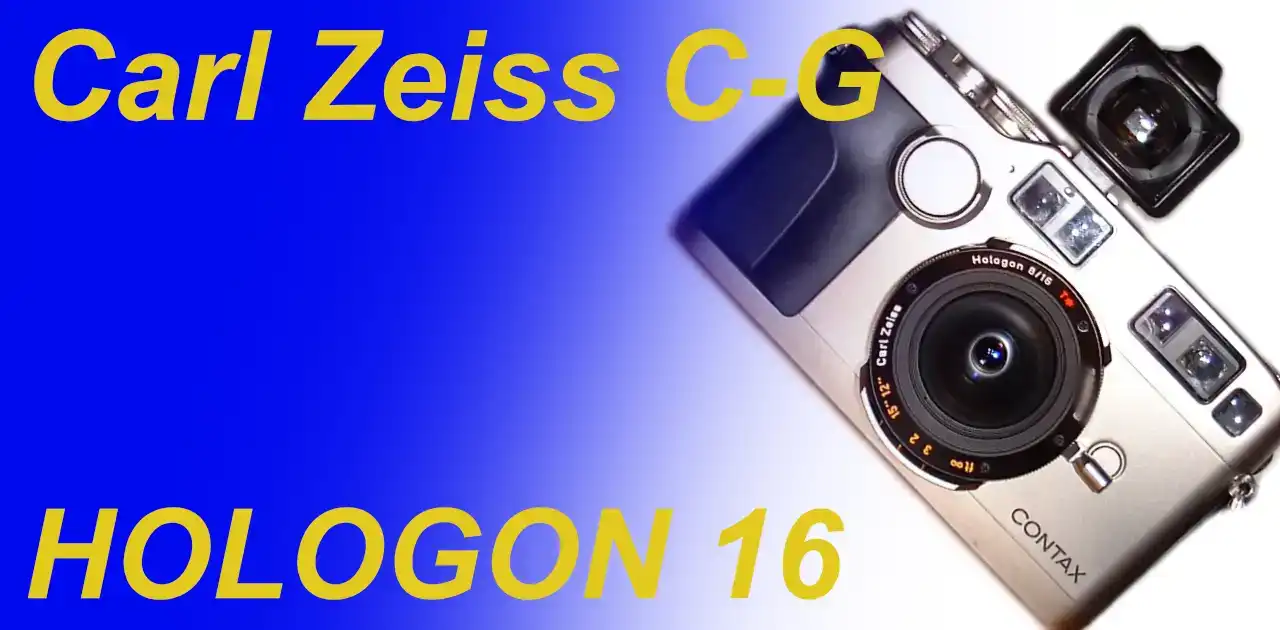

![[商品価格に関しましては、リンクが作成された時点と現時点で情報が変更されている場合がございます。] [商品価格に関しましては、リンクが作成された時点と現時点で情報が変更されている場合がございます。]](https://hbb.afl.rakuten.co.jp/hgb/235400df.ee477efc.235400e0.6479c974/?me_id=1217830&item_id=11084313&pc=https%3A%2F%2Fthumbnail.image.rakuten.co.jp%2F%400_mall%2Femedama%2Fcabinet%2F9373%2F2119340849373_1.jpg%3F_ex%3D128x128&s=128x128&t=picttext)
![[商品価格に関しましては、リンクが作成された時点と現時点で情報が変更されている場合がございます。] [商品価格に関しましては、リンクが作成された時点と現時点で情報が変更されている場合がございます。]](https://hbb.afl.rakuten.co.jp/hgb/0f8addca.6e306624.0f8addcb.b7dc3dde/?me_id=1191940&item_id=11740300&pc=https%3A%2F%2Fthumbnail.image.rakuten.co.jp%2F%400_mall%2Fnaniwa%2Fcabinet%2Fseco_sku05%2F2111020368280-01.jpg%3F_ex%3D128x128&s=128x128&t=picttext)
![[商品価格に関しましては、リンクが作成された時点と現時点で情報が変更されている場合がございます。] [商品価格に関しましては、リンクが作成された時点と現時点で情報が変更されている場合がございます。]](https://hbb.afl.rakuten.co.jp/hgb/23d4811d.689853af.23d4811e.26473ef8/?me_id=1398095&item_id=10023973&pc=https%3A%2F%2Fthumbnail.image.rakuten.co.jp%2F%400_mall%2Fakiba-r%2Fcabinet%2F223500%2F223061-5.jpg%3F_ex%3D128x128&s=128x128&t=picttext)
Be First to Comment